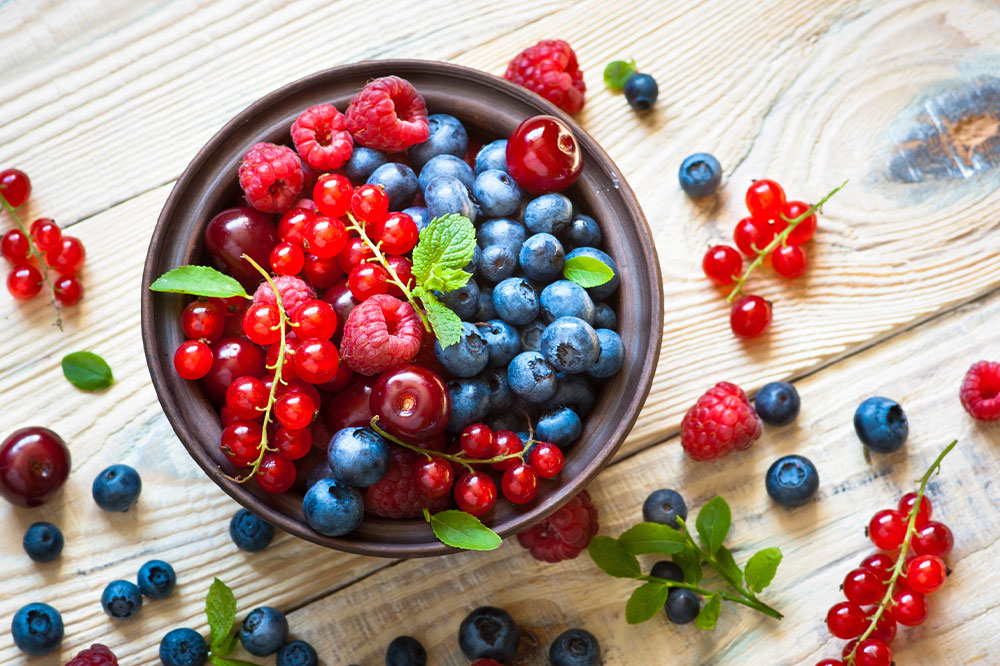Hyperglycemia – Causes, symptoms, and management

Hyperglycemia refers to high levels of blood sugar or blood glucose. The condition develops when insulin, which regulates blood sugar, is too low or if the body cannot use it as it should. The level of blood sugar fluctuates throughout the day depending on eating habits. A blood sugar reading of over 130 mg/dL when fasting or greater than 180 mg/dL after eating indicates hyperglycemia. Here is everything one should know about hyperglycemia:
Causes
With diabetes: Multiple factors lead to hyperglycemia, and treating it on time is crucial to prevent severe health complications. Some reasons for high blood sugar are
- If a person diagnosed with type 1 diabetes does not take their insulin dosage regularly, it can cause the blood sugar levels to rise.
- The dawn phenomenon in people with diabetes makes blood sugar levels surge in the morning.
- Overeating or eating too many sugary foods or drinks is a common cause.
- Lack of exercise and a passive lifestyle can increase the risk of high blood sugar.
- Flu infections and colds may cause blood sugar levels to rise.
For some people with diabetes, the spike in blood sugar may happen without any apparent reason and become normal on its own.
Without diabetes: For people with no history of diabetes, the following causes can disrupt the functioning of the liver or the pancreas, causing a sudden rise in blood sugar levels:
- Cushing’s syndrome is a condition that makes the body produce more cortisol. This increases stress and spikes sugar levels.
- Pancreatic diseases like cystic fibrosis, pancreatitis, and pancreatic cancer affect insulin production and increase the risk of hyperglycemia.
- Polycystic ovarian syndrome in women can lead to an increase in hormone levels, making blood sugar levels rise.
- Injuries and burns affect one’s metabolism, causing blood sugar levels to rise.
- Mental and physical stress can also spike sugar levels.
- Surgery can lead to high blood sugar and needs careful monitoring to prevent complications.
- Viral and bacterial infections are also common causes.
- A sedentary lifestyle and high BMI can cause blood sugar levels to spike.
Symptoms
The common symptoms of hyperglycemia are
- Unexplained fatigue and exhaustion
- Blurry vision
- Frequent urination
- Dry mouth
- Feeling thirsty too often
- Nausea
- Dizziness on standing up
- Confusion (observed when hyperglycemia lasts for days)
Complications
People with diabetes may be able to observe the symptoms of hyperglycemia early, as they may be familiar with the changes in their bodies. Non-diabetics must pay attention to sudden symptoms. Undiagnosed and untreated hyperglycemia can cause blood sugar levels to go as high as 600 mg/dl—a concerning value that may lead to multiple complications:
Diabetic coma: As the body cannot produce glucose, it uses fats for its energy requirements. When the fat is broken down, ketones are released and flushed through urine. If too many ketones are released, not all of them can be flushed through urine and instead get mixed with the blood. This induces a coma called ketoacidosis. Here, one may experience shortness of breath, fruity-smelling breath, nausea, and dry mouth. Ketoacidosis is an extremely concerning situation that requires immediate professional attention and treatment.
Diagnosis
Hyperglycemia can be diagnosed using blood tests. People with diabetes may monitor their blood sugar levels regularly using blood sugar monitoring devices. The doctor may also prescribe an additional hemoglobin A1C test that shows one’s average blood sugar levels in the past two or three months. Non-diabetics who may not have these home monitoring kits should visit a doctor once they begin noticing changes in their body, especially confusion. The doctor will prescribe a blood test and confirm it is hyperglycemia, starting with immediate treatment.
Treatment options
Doctors treat hyperglycemia based on the symptoms one exhibits. Most of the treatment approaches for diabetic and non-diabetic treatment are similar. For non-diabetics, doctors will also treat the underlying cause, which causes the blood sugar levels to shoot up. If blood exams show extremely high blood sugar levels, doctors may take the patient to the emergency room and opt for one or more of the following approaches:
Insulin therapy: Doctors administer insulin therapy to reduce the impact of ketone buildup and prevent ketoacidosis coma. Fast-acting insulin therapy is the most effective treatment option to relieve hyperglycemia.
Fluid replacement: Fluid replacement helps rehydrate the body and compensate for the water loss through urination or nausea. Doctors will administer fluids intravenously, and one may have to stay in the emergency room until the sugar levels decrease.
Electrolyte replacement: Lack of insulin disrupts the production of essential minerals known as electrolytes. A blood exam can reveal the minerals lower than normal and administer them intravenously. Low electrolyte levels can hinder the normal functioning of one’s heart, lungs, and nerve cells.
Lifestyle changes
Self-care is not recommended as a management option for people with non-diabetic hyperglycemia. They should consult a doctor to identify the cause and get a treatment plan. People with type 1 and type 2 diabetes are both at risk for hyperglycemia. Doctors and nurses will counsel them on what to do if their blood sugar levels spike and do not subside. If one notices their blood sugar reading at around 300 for two readings, here are a few things one can do before going to the doctor:
- Drink a lot of water to help flush the sugar from the bloodstream.
- If affected by diabetes, one should adjust the insulin doses and stick to the diabetes meal plan that dieticians have prescribed. One should avoid foods like white bread, pasta, rice, packaged and processed snacks, packaged beverages, processed meat and junk food, organ meat, red meat, and full-fat dairy until the blood sugar is back to normal levels.
- Start exercising by walking or opting for moderate work out. While exercising, glucose converts to energy and reduces blood sugar levels. Continue exercising even after blood sugar levels are normal.
Tracking sugar levels, following doctor’s orders regarding prescribed treatments without missing a dose, eating a diabetic-friendly diet, and regular physical exercise can help prevent and control hyperglycemia.


